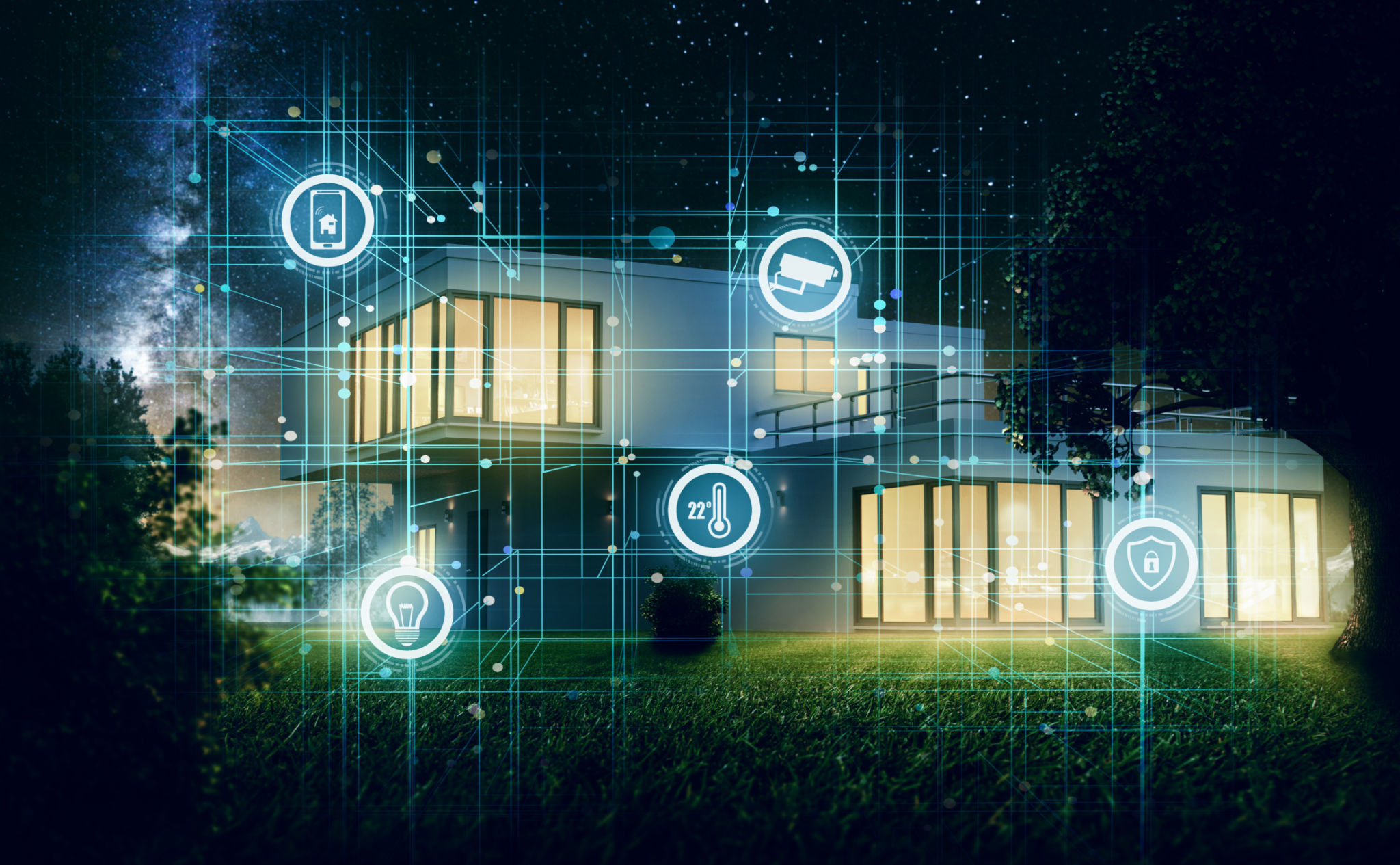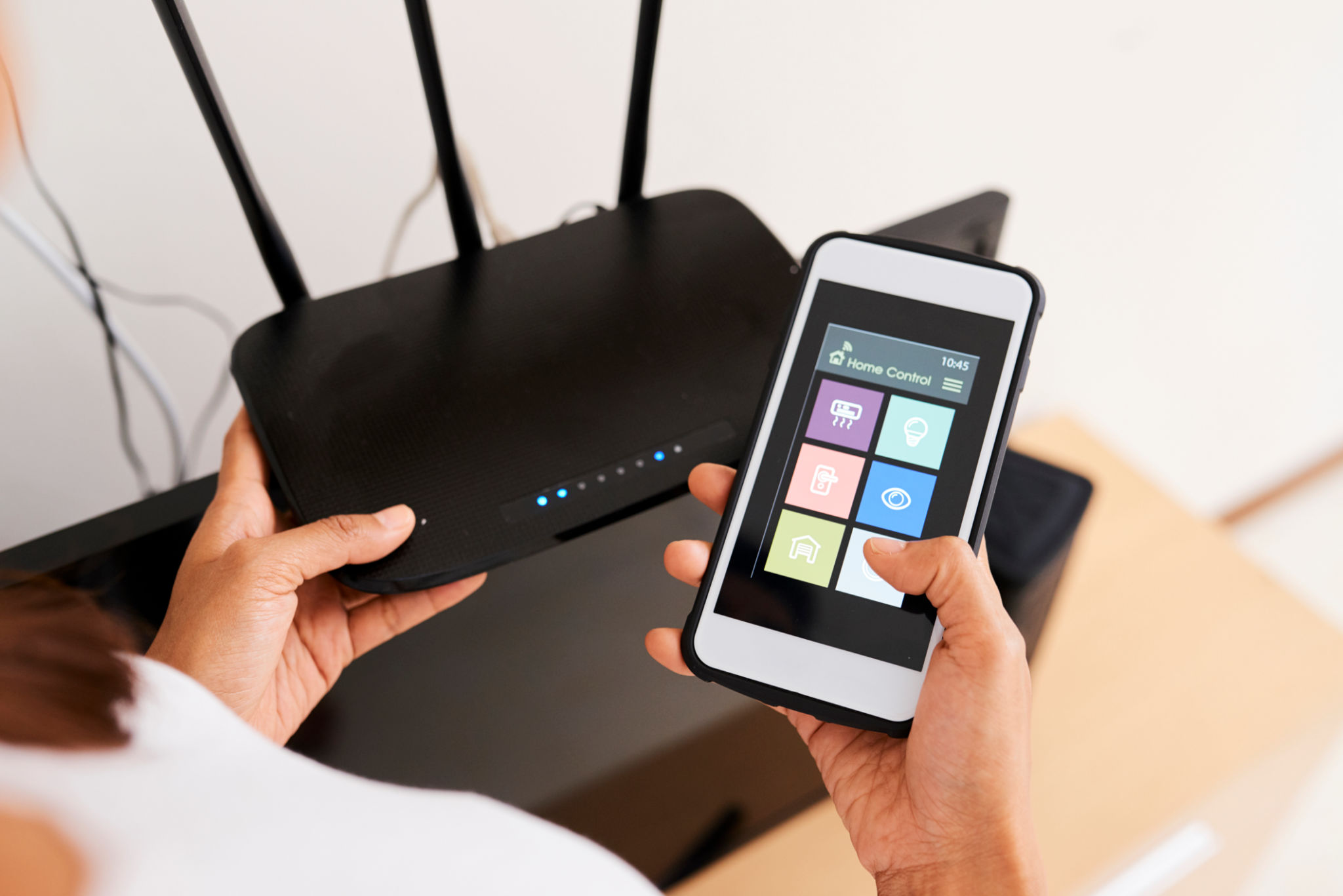Integrating Smart Home Systems: Expert Tips for a Seamless Setup
Understanding the Basics of Smart Home Systems
Smart home systems have revolutionized the way we interact with our living spaces, offering unparalleled convenience, energy efficiency, and security. As more homeowners embrace this technology, understanding the essentials of smart home integration becomes crucial. By effectively setting up these systems, you can transform your home into an intuitive and responsive environment.
Before diving into the integration process, it's important to identify the key components of your smart home ecosystem. These typically include smart speakers, lighting, thermostats, security cameras, and home assistants. Each component plays a vital role in creating a seamless smart home experience, so choosing devices that are compatible and meet your specific needs is essential.

Choosing the Right Hub for Your Needs
A smart hub is the heart of any smart home system. It acts as a central command center, connecting and controlling various devices. When selecting a hub, consider factors such as compatibility with other devices, ease of use, and the availability of automation features. Popular options include Amazon Echo, Google Nest Hub, and Samsung SmartThings.
It's important to note that some smart devices have built-in hubs. For instance, many smart speakers double as hubs, offering both voice control and device management capabilities. Evaluate whether a standalone hub is necessary for your setup or if your existing devices can fulfill this role.
Ensuring Network Stability and Security
A reliable internet connection is fundamental to the performance of your smart home system. Ensure your Wi-Fi network is robust enough to support multiple devices simultaneously. Upgrading to a mesh Wi-Fi system can help eliminate dead spots and provide consistent coverage throughout your home.

Security is another critical aspect of smart home integration. Protect your network by setting strong passwords, enabling encryption, and regularly updating device firmware. Consider setting up a separate network for your smart devices to further enhance security and reduce the risk of unauthorized access.
Streamlining Device Integration
Once you have your hub in place and network optimized, it's time to integrate your devices. Start by connecting each device to your hub or home assistant app. Follow the manufacturer's instructions carefully to ensure proper setup and functionality. Many devices can be set up using QR codes or Bluetooth connections for added convenience.
If you're integrating multiple brands or types of devices, using automation platforms like IFTTT or Apple HomeKit can simplify the process. These platforms allow you to create custom routines and automations, ensuring all devices work harmoniously together.

Optimizing Your Smart Home Experience
To make the most of your smart home system, take advantage of advanced features like voice commands and scheduling. Set routines for daily tasks such as turning off lights when leaving the house or adjusting the thermostat at bedtime. Voice assistants like Alexa, Google Assistant, or Siri can help control devices hands-free, adding an extra layer of convenience.
Regularly review and update your routines to accommodate changes in your lifestyle or new device additions. Experiment with different settings and features to find what works best for your household dynamics.
Troubleshooting Common Issues
Even with a well-planned setup, you may encounter issues such as connectivity problems or unresponsive devices. Common solutions include resetting devices, restarting your router, or checking for firmware updates. Keeping a comprehensive list of troubleshooting steps handy can save time and frustration when challenges arise.
If persistent issues occur, consult the device's customer support or explore online forums for solutions shared by other users. Often, community insights can provide valuable tips for overcoming specific hurdles in smart home integration.

Future-Proofing Your Smart Home
As technology continues to evolve, keeping your smart home system up-to-date is essential for maintaining functionality and security. Invest in devices that offer regular software updates and support emerging technologies like Matter, which aims to improve compatibility across different brands.
By staying informed about the latest advancements and strategically planning upgrades, you can ensure your smart home remains efficient and cutting-edge for years to come.